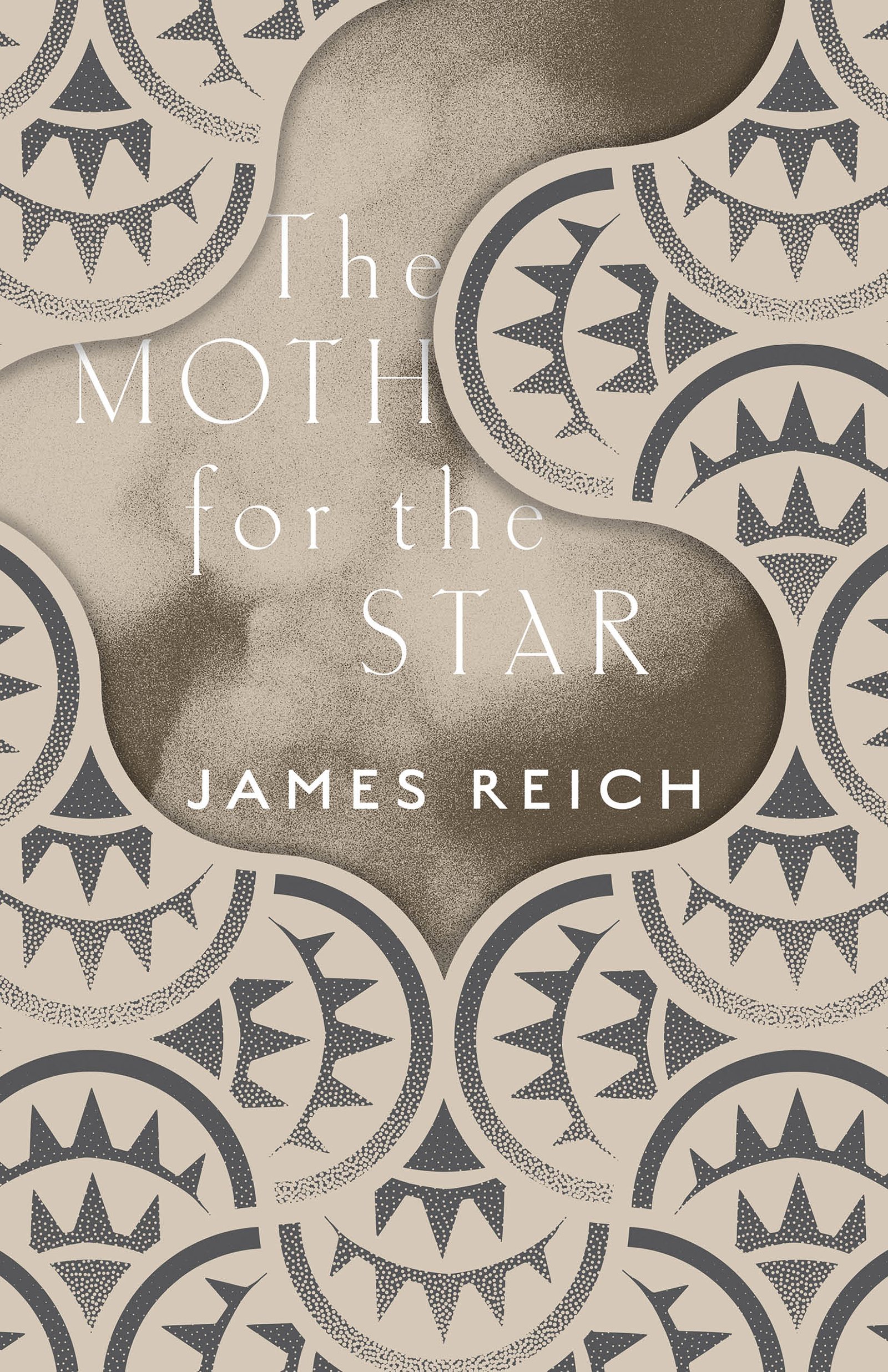REVIEW: A Spectacular Novel of Gay Lives, and Loves, Over Time
/The Sparsholt Affair by Alan Hollinghurst
Knopf, 432 pp.
By Robert Allen Papinchak
Alan Hollinghurst’s The Sparsholt Affair might just as well have been titled The Sparsholt Effect. No character in the novel is left untouched or unscathed by the wide-ranging consequences of the titular affair. This latest work from Hollinghurst – winner of the Man Booker Prize for The Line of Beauty --is a big, bold, brassy spectacular saga of the tectonic shifts in gay lives in Britain from 1940 to 2012.
David D. Sparsholt first appears as the “new man” on campus at Oxford University during the blackout periods of WW II. He is beguilingly handsome, a 17-year-old “Greek god” first seen “half-naked in [a] square of light,” a “vision” spotted by 20-year-old Freddie Green from his window as David is returning from the communal bathrooms. David, an athlete and first year student in engineering who aspires to be a pilot in the Royal Air Force, quickly becomes the object of desire of several gay members of a literary group known as the Club.
Freddie is the narrator of the first section of five interlinked narratives. As secretary of the Club, his “little memoir” details David’s “larger” effect on the group, which includes Peter Coyle (a painter) and Evert Dax (a writer).
Evert is the first, but not the last, to spend the night with David. Peter sketches a “red chalk” portrait of the “demigod from neck to knee, [his] sex suggested by a little slur, conventional as a fig leaf, while the neck opened up into nothing, like the calyx of a flower.” The portrait makes significant appearances later in the novel.
David has a fiancé, Connie Forshaw. When their “rhythmical creaking” is discovered by a scout, David is sent down. But this is not the affair of the title. That one receives scant detail except that it involves a Member of Parliament, a male prostitute, and a friend of David’s and ruins numerous lives and careers.
In section two, “The Lookout,” Hollinghurst daringly jumps 25 years to 1965 and shifts perspective. David and Connie have married. David, a war hero, is a very successful engineering industrialist. They have a 14 year-old son, Johnny. His story dominates this and the remaining sections of the novel. Johnny is gay and enamored of his 15-year-old French tutor, Bastien. Along with the Haxbys (Clifford and Norma), David’s friends, they enjoy a sailing expedition in Cornwall. There are hints of an ongoing relationship among the adults. Johnny has interests in drawing, which moves him into his future career as an art restorer in section three, “Small Oils.”
In that section, Johnny discovers the “red chalk drawing of a naked man,” Peter’s sketch of David, which Evert had given to David. Since it is only a neck-to-knee portrait, Johnny doesn’t recognize it as his father. But he does consider it “a symbol of the London life” in 1974, when this part takes place. In an ostensibly more liberated London with regards to homosexuality, Johnny unknowingly enters Evert’s circle in his capacity as an art restorer. Johnny is unaware of Evert’s (now “knocking sixty”), past connection with his father. This time, Johnny is the new boy in the city. He falls into the breathless nightlife of gay bars. While doing a commissioned painting of a lesbian couple (Francesca and Una) he agrees to be their sperm donor and fathers a daughter, Lucy, whose childhood presence looms large in the next part of the book.
Part four, “Four Losses,” takes another leap in time to 1995. Though it’s 30 years later, the past encroaches on the present. Lucy, with a “curious nature,” plunges into a muddled genealogy that includes four grandfathers (among them David Sparsholt) and a brother from another father (who “like her father, lived with another man, and had a father of his own who was a hopeless drunk and lived in Majorca.”) It’s complicated. Her father, Johnny, continues to benefit from the changes of a liberated England. No longer restricted by the secrets of his sexuality, he becomes a successful portrait painter, encounters an old flame who once had proposed to Lucy but now has a husband of his own, establishes an uneasy truce with his elderly father, and, in his waning years, discovers a new love which promises domestic bliss.
In the last section, “Consolations,” it’s 2012. Johnny, “travelling fast towards childhood,” returns to Nuneaton where his father was born. There, a “hundred half-forgotten sights in their half-remembered sequence [reel] him in.” He recognizes that “[e]ach person if he was lucky found the place where he could shine, and the person to shine on.” He thinks about “time, loss and change,” with the “past showing through the present, and of being on the brink of saying goodbye to it for ever.” Recalling his father’s long ago affair, he concludes that “’everyone’s whole life is coloured by something.’” It is a fit and melancholy resolution to an exuberant, highly entertaining excursion into many lives over many years.
Robert Allen Papinchak has reviewed a range of fiction in newspapers, magazines, and journals including the New York Times Book Review, the Washington Post, the Chicago Tribune, the Seattle Times, USA Today, People, The Writer, Publishers Weekly, Kirkus Reviews, the New York Journal of Books, The Strand Magazine, and others. He is the author of Sherwood Anderson: A Study of the Short Fiction.










